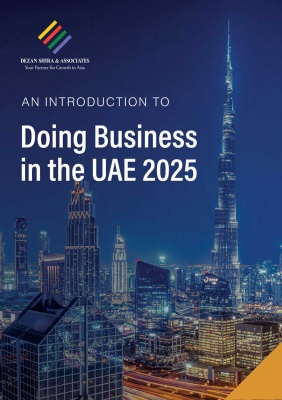Russia – Iran 2022 Trade Shows Significant Increases
Multiple considerations illustrate massive growth in repositioning global energy resources east instead of west.
Javad Owji, Iran’s Minister of Oil said yesterday that Russia-Iran bilateral trade has significantly increased, reaching US$40 billion in the last 18 months. 2021 figures were at US$4 billion, signalling huge 2022 increases.
This has been caused by three major considerations, the Russia-Ukraine conflict, the 20 year Russia-Iran cooperation agreement signed off last year, and the Iran-EAEU Free Trade Agreement, also extended last year.
Owji said that Iran and Russia are major global energy suppliers and could dominate in coming years, despite sanctions. According to the minister, Iran ranks first in the world in terms of oil, gas reserves, with over one billion cubic meters of gas production and four million barrels of oil production capacity. He also stated that Iran’s oil and gas production will increase within the next 8 year plan, expressing the country’s readiness to attract foreign investments in oil and gas sectors.
“Europe’s reliance on energy is not a game, and previous sources of import cannot be easily compensated for.” Owji said. Both Iran and Russia have sanctions issues with the United States in particular over their apparent strategic energy wealth. It remains uncertain how the EU will be able to bridge the gap, presumably from US supplies. However the bulk of such reserves lie with Russia and Iran, suggesting later geopolitical changes will have to occur to reintegrate the Russia-Iran axis towards European supplies. Given the current sanctions, both are mainly exporting their energy supplies East. The demand for energy from Asian nations is expected to grow five times from now until 2032.
The minister also said that banking projects due to be implemented by Russia, China and Iran will change the dominance of US dollar in the near future, with all looking to coordinate non-SWIFT payment systems and to agree settlement in their sovereign currencies.
There are issues: the Russian ruble has been the world’s best performing currency in 2022, while the Chinese RMB has increased 2% over the US dollar 2022 to date and is the best performing major economic currency. However, the Iranian Rial is one of the world’s worst performing currencies. Pegging it to the Chinese RMB and Russian Ruble rather than the US dollar in future may well be a preferred route to give a more reasonable indication of value in the Iranian economy, which like Russia’s has been artificially devalued due to US sanctions.
In fact, Iranian technical trade export volumes rose 400% in 2021, while Iranian goods transit have risen by 52% 2022 to date. Other indicators, such as air traffic and passenger flows are also up 128%.
This provides a conundrum for analysts, in trying to predict future energy flows and market development, especially to the West and Europe. The energy resources are there, yet EU politicians have deliberately curtailed access to these. This increasingly points to energy supplies from Russia and Iran being directed to Asia, and to cater for the massive demand in growing economies such as India, Pakistan, Indonesia, and China, in addition to newly increasing needs in East Africa. The Middle East too is expanding its energy growth needs however can probably meet its own demands.
This increasingly leaves the EU dependent upon the United States. How this year’s sanctions policy as concerns Russian gas supplies to the EU will be viewed in 2023 and certainly by 2025 will be interesting to gauge in the concept of EU development growth against Asia.
Related Reading
About Us
Middle East Briefing is one of five regional publications under the Asia Briefing brand. It is supported by Dezan Shira & Associates, a pan-Asia, multi-disciplinary professional services firm that assists foreign investors throughout Asia, including through offices in Dubai (UAE), China, India, Vietnam, Singapore, Indonesia, Italy, Germany, and USA. We also have partner firms in Malaysia, Bangladesh, the Philippines, Thailand, and Australia.
For support with establishing a business in the Middle East, or for assistance in analyzing and entering markets elsewhere in Asia, please contact us at dubai@dezshira.com or visit us at www.dezshira.com. To subscribe for content products from the Middle East Briefing, please click here.
- Previous Article
- Next Article


